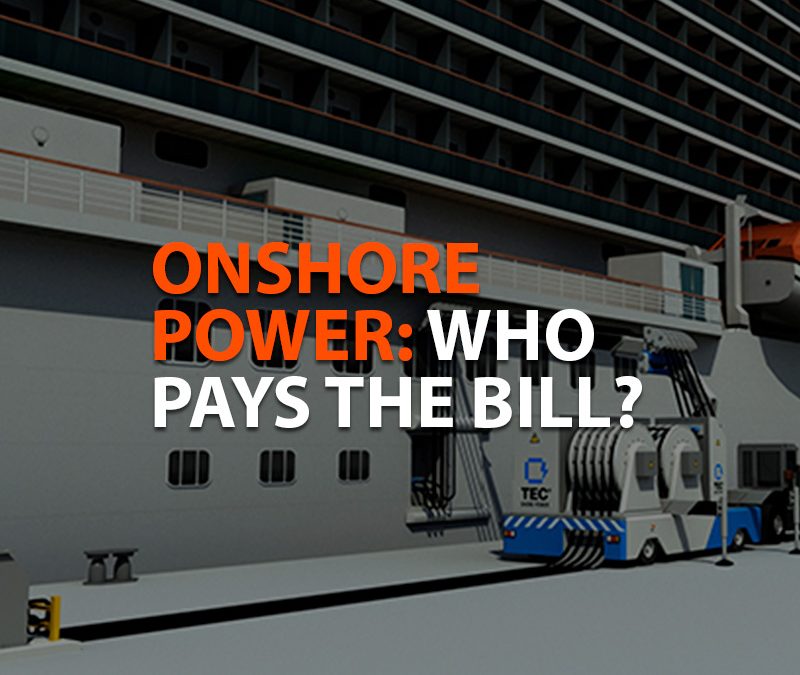If almost 74% of imports and exports in your region are made by sea, improving efficiency of fuel consumption is a must. This is a fact in the European Union, where short sea shipping has a specially important role in the economy.
Onshore power supply is one of the most important measures being taken in order to improve the sustainability of shipping industry. Unfortunately it requires big investments on both shore and vessel sides.
Costs on shore side
Upgrading electrical infrastructure is a really big challenge for ports and terminals, even impossible in some cases without the help of financial assistance from funding firms or public funds.
The cost of these investments is likely to vary from one port to another. It mainly depends on the ship types at bert: the higher the power demand is, more expensive it will be. New buildings, cable or frequency transformers are some examples of the investment needs.
Costs on vessel side
As for ports, it is hard to generalize ships in terms of investment needs for onshore power supply. Retrofit ships may require modifications of the main switchboard, power socket(s) or even an upgrade on the ship power management system. Mechanical modifications are needed too, in order to fit this modifications.
Furthermore, ship owners have to request the certification of these measures by the corresponding classification societies.
Onshore power supply subsidies and funding agencies
Some governments in Europe (Germany, France, Italy, Sweden and Denmark) are already providing support for this technology.
Besides there are a number of European programs, focused on reducing emissions and technology upgrading:







